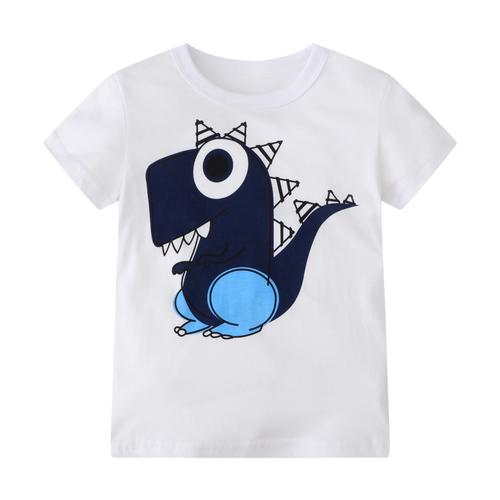The origin and market rules of fabrics have an important impact on fabric quality, price and sustainability. The following are some common fabric origins and the market rules behind them:
1. China: China is one of the largest fabric producers in the world, with extensive and diverse Fabric supply chain. Fabrics made in China are generally known for their competitive prices and fast production times. In China, you can find a variety of options from cheap synthetic fabrics to high-quality natural fiber fabrics.
2. Italy: Italy enjoys the reputation of being one of the world’s leading producers of high-end fabrics. The fabrics they manufacture are often known for their high-quality materials, exquisite craftsmanship, and innovative designs. Italian fabrics are highly regarded for their high quality and fashion sense and are often used in haute couture clothing and internationally renowned brands.
3. France: France is the center of the high fashion industry and is recognized as one of the most fashionable and elegant countries in the world. Fabrics made in France are often characterized by exquisite craftsmanship and high-quality natural fibers, especially silk fabrics. French fabrics are popular for their luxury and exclusivity.
4. Japan: Japan is a country that pays attention to details and quality, and they do the same in fabric manufacturing. Fabrics made in Japan usually focus on fine texture, softness and comfort, and unique textures. Many Japanese fabrics use traditional crafting techniques to achieve the ultimate in quality and durability.
5. South Korea: South Korea has rapidly emerged as an important part of the global fashion industry in the past few decades. Fabrics made in Korea are fashionable and youthful, and are often used in fashionable casual clothing and sports equipment.
In addition to the place of origin, the sustainability of fabrics has also become one of the important factors in market rules. More and more brands and consumers are paying attention to the environmental protection performance of fabrics and choosing to use certified sustainable fiber materials, such as organic cotton, recycled polyester fiber and new degradable fiber.
In short, the market rules of fabric origin cover differences in price, quality, style and sustainability. Based on your specific requirements for fabric characteristics and needs, choosing the right fabric origin and related fabric suppliers can meet your needs and enhance the competitiveness of your products.








